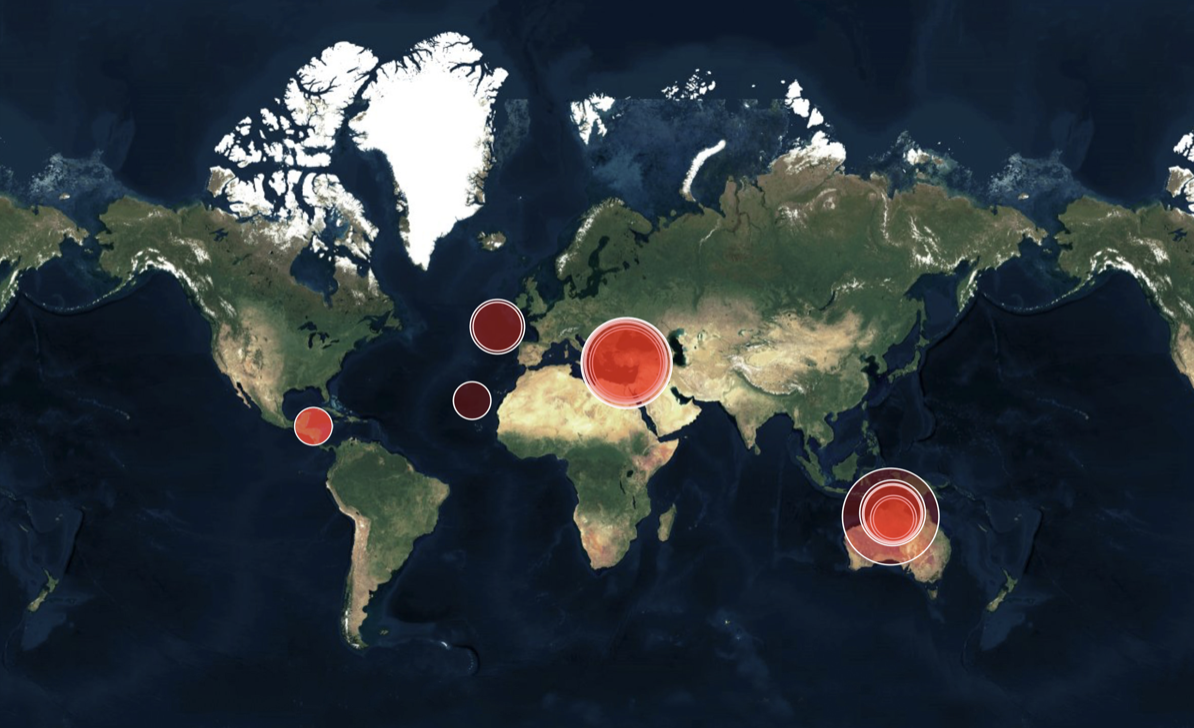
Felix Kiessling
In Process #1: Felix Kiessling – Now Now Now
An exhibition in three parts by Felix Kiessling, Sarah Schönfeld and Philip Topolovac
Galleria Mario Iannelli
Dec 15, 21 — Mar 10, 22
Opening Dec 15, 21 | 6-9 pm
The objective of the broken
On Schmetterling (2021) a work by Felix Kiessling
Text by Florian Hadler
20th century tech philosophy stipulates that the meaning of technology is hidden. This principle is easy to recognize in everyday life – we’re oblivious to how exactly the technologies surrounding us function. When we flick a light switch, we don’t think about the mechanism that produces the light. Only when the light doesn’t turn on, its technical basis becomes more tangible – enlightenment through non-functioning.
Following humanity’s efforts to advance electrical networks and the inventions of radio, television and telephone, some have explored these hidden meanings of technology. All these modern technologies operate beyond the threshold of human perception. We encounter them only through specially designed interfaces that transcode signals into perceivable formats. With ease, we now navigate environments in which large networks of technologies dissolve into the background and become invisible – from globally distributed high-security server farms to decentralized and virtual data infrastructures, ubiquitous sensor technology, deep tech, high-frequency trading, AI, IoT, NFT, etc.
The historical changes in our relation to technology, hidden behind these buzzwords and acronyms, are fundamental. We’re now surrounded by technological ensembles that communicate independently or as components of a larger functional arrangement. Only when we experience their failures or run into errors do they enter our consciousness. The failed update. The locked account. The slowed data connection. The server outage.
Screwdrivers or duct tape are of little help within these techno-ecological settings. Our technological environment isn’t at our disposal; rather, we are exposed to it. Unfathomable and beyond our grasp, it is cosmologically separate from humanity. Calls for data transparency, sovereignty, and participation appear futile. Our technological environment demands new forms of experimental appropriation and productive authorship to explore the specific qualities of humanity’s disposition to technology.
When artist Felix Kiessling first spoke to me about his piece Schmetterling (Ausgleich), it had just broken. Luckily, it didn’t take long to fix. A bit of duct tape, an E27 light bulb and a screwdriver was all that was needed.
The piece – a manipulated street lamp – flickers in a pattern based on real time data of global lightning events, which are registered through sensors on ships and weather stations – integrates seamlessly into its natural environment. It subverts our perceptual habits. Like a broken window, a defective car, or an overflowing trash can, the seemingly faulty flicker fits the horizon of our expectations of urbanity. When walking past it, the casual observer will merely notice irregular patterns of light.
Without contextual knowledge, the by-passer wouldn’t know that global weather events are inscribed in the flicker – an inversion of chaos theory’s famous butterfly wing beat. The interplay of various tech levels interweaving leads to subtle alienation and produces a minor irritation. The work establishes visibility, but not transparency. It doesn’t puzzle, but neither does it state the obvious.
Felix has swapped the interface. Instead of a world map with small red dots on a graphical user interface, the data is now decoded in the light produced by the street lamp. The lightning strikes us in a technologically mediated way, more directly than would be possible on-screen. Both local infrastructure and global real-time data are playfully interconnected.
In this way, the work addresses an epistemological dimension of technological functionality that concerns questions of representability, mediation, and visualization and develops important discourses in the nexus of art, technology and science. But its inherent simplicity is just as important, as is its fun factor, and in a certain sense also its naivety.
Because despite a certain tech know-how being required for the planning, implementation and installation, Schmetterling is above all a playful appropriation of existing technological environments. It’s a strong promise, the whimsical appropriation that uncovers new functionality in the seemingly broken technology. It designs perspectives of an individual local space of action, of an artistic and experimental authorship and autonomy in the midst of a global and inaccessible technological environment. And by short-circuiting different levels, by misappropriating existing infrastructures, it extracts an altogether new and humanly experienceable meaning.